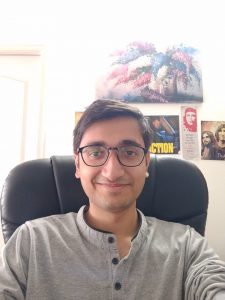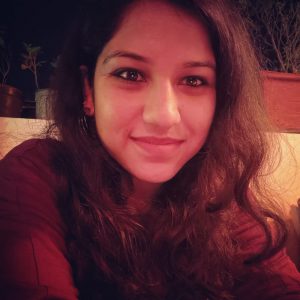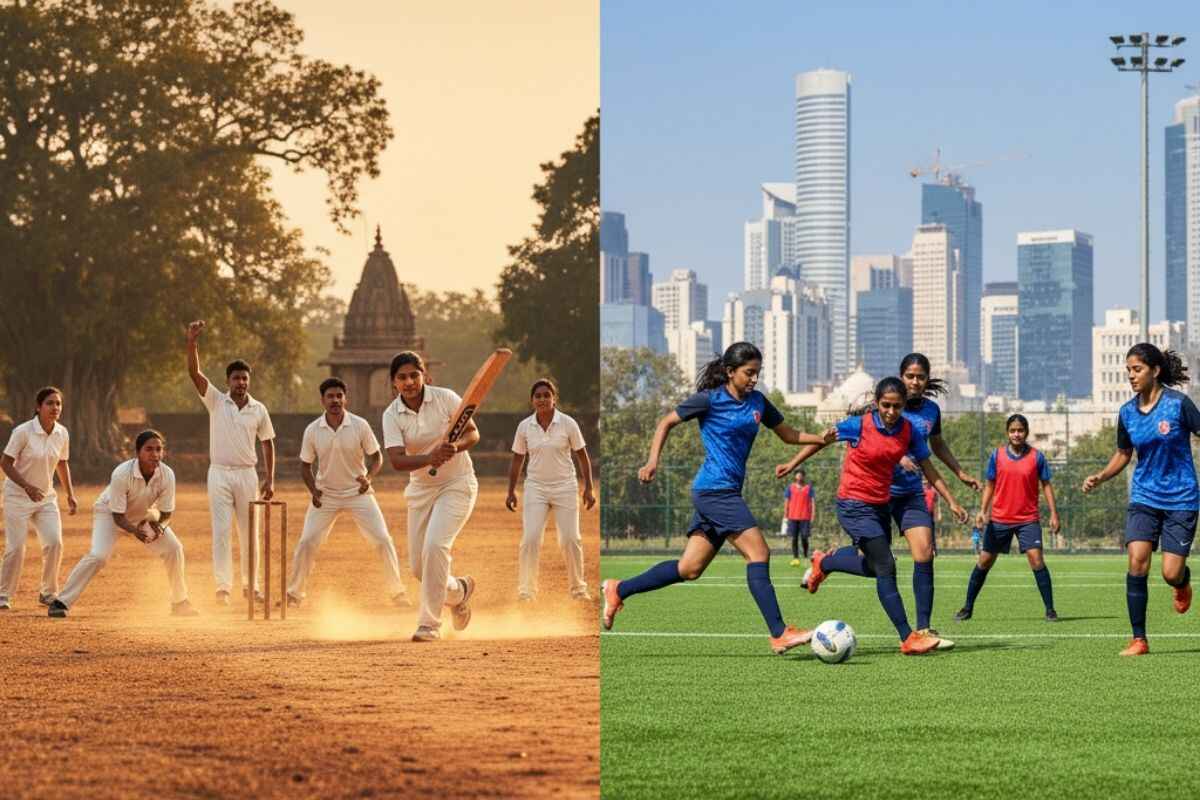Have you ever attended a Music Festival? There is an electric energy in the air that swells as the event progresses. Musicians blast goosebumpy, groovy music every minute. Attendees move from one stage to another taking picks from a curated list of artists. An array of stalls with food and beverages greet you and there are scores of people working both in front of and behind the scenes ensuring that the artists are on or off the stage on time, that sound,hygiene, security and emergency services are maintained. There, comedians spew spine-touching truths and vendors sell memorabilia. Different people come together to offer an out-of-the-world musical experience with a promise to do better and bigger year after year.
Similarly, the national education festival — Vidya Amrit Mahotsav — was a collective effort. Different stakeholders: Sarkaar (state) actors on national, state and local levels and Samaaj (civil society) players came forward to enable teachers, teacher educators and school leaders to document and showcase the innovations that they carry out in their schools every day.


Need for Orchestration
A national program, like the Vidya Amrit Mahotsav has many moving parts: program design, solution and resource design, outreach, state and ecosystem enablement, user readiness, evaluation systems, support and governance systems etc. When a program moves from one stage to another, each of these parts assumes significant work and must gel well with other parts. As you can imagine, one person cannot anchor all these parts as the skills do not lie within one person or organisation. However, these can be found within the mesh of Samaaj and Sarkaar actors. Hence a multi-actor team, where each member can bring a specific skill for a specific focus area, became an efficient way to address this orchestration.
The initial team consisted of NCERT (CIET), DIKSHA Program Management Unit (PMU) team and ShikshaLokam team members. Members from other organisations were invited and Barefoot Edu Foundation, Mantra4Change, Vidhya Vidhai joined. Other state and ecosystem actors emerged as NCERT (CIET) conducted outreach activities for them. At the state and district levels, the nodal officers and nodal bodies anchored different aspects of the Mahotsav.
Accrued Benefits
Academic expertise and keen sense of detail of the Professors at NCERT (CIET) resulted in creation of the detailed learning resources for teachers, teacher educators & school leaders to document their innovative pedagogy practices as projects on the DIKSHA app.
The DIKSHA PMU assisted with aligning NCERT (CIET) with the program and solution imagination and fast tracking administrative processes.
Video messages from Professors for Teachers, Teacher educators and School leaders motivating them to document their innovative pedagogy project on the DIKSHA app were again a result of the collaboration between the Professors and the DIKSHA PMU.
NCERT (CIET) conducted the open call for the NGO ecosystem resulting in creating awareness about the Mahotsav among the NGOs. It energised the ecosystem to extend the VAM related support to the States/UTs at different levels (block, district, state) based on the presence and workforce bandwidth.
The Professors, DIKSHA PMU, and different Samaaj players collaboratively put together detailed learning resources for the users to understand the theme of innovative pedagogy for the Mahotsav and to effectively document the project on the same on the DIKSHA app.
The CSOs’ members’ expertise in different domains (program design, solution design, outreach, NGO ecosystem enablement, tech-readiness and state orchestration) led to the holistic brainstorming, planning and implementation (domain specific orientations, workshops and open office hours for the states) of the Mahotsav.
How can others undertake similar orchestration efforts?
Scale is a key idea. Each element of the program has to work at scale and across scale. VAM evaluation framework, for instance, must not only work in a huge state like Uttar Pradesh with 75 districts and hundreds of blocks, but also in a Union Territory like Chandigarh with 1 district 1 block. The design and orchestration work has to be generic enough so that the same imagination persists across geographies, but specific enough that the specific challenges of a geography can be addressed.
- Design simple: The simpler the elements of a program, the easier the orchestration effort. When a design is simple, states/ UTs think of contextualising it, making the program their own. At VAM, Andhra Pradesh and Jammu and Kashmir, upon understanding the idea, picked it up and could encourage teachers and school leaders to share innovations.
- Design inclusive: A major requirement of any orchestration effort is to make sure that timelines do not become a bottleneck since different actors / stakeholders work on different timelines. Nationally, the orchestrating body might move slowly since they are trying to brainstorm and design for the most generic requirements, most shareable collaterals. In a given district, where the orchestration effort is more focused, things might move faster.
- Outreach across stages, levels, mediums: A significant portion of orchestration work is planning for good outreach, ensuring program discovery for a user. Teachers, teacher educators and school leaders have to know about a program to be enthused about it. Also, States/UTs need collaterals in different forms—written, recorded, workshops, etc. These collaterals build their understanding and are for sharing with other intermediary actors (district, block, cluster officials) or users (teachers and school leaders).
- Iterate: Orchestration is often iterative work, where information has to be repeatedly highlighted before things are set in motion. For states, for instance, key messages have to be highlighted and collaterals re-circulated.
This is the second piece in Vidya Amrit Mahotsav series. Read the previous piece on the how this festival was brewed with agency and celebration as its core ingredients and the next one illustrating the steps we followed while designing the festival.






